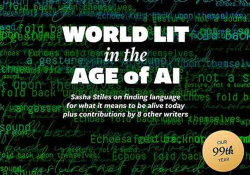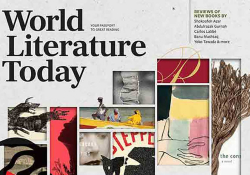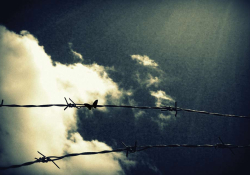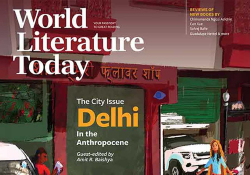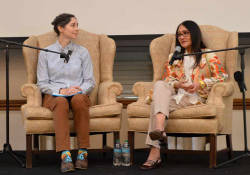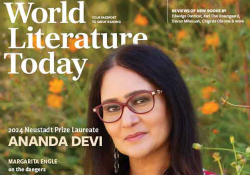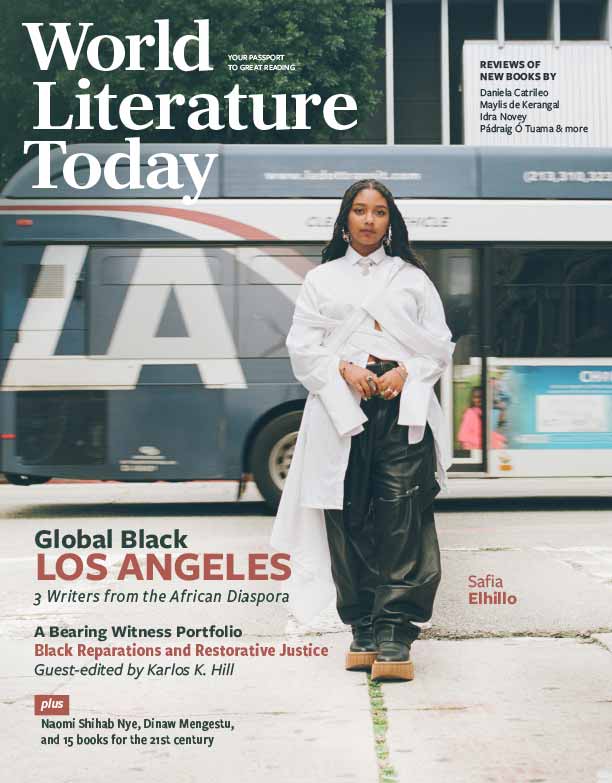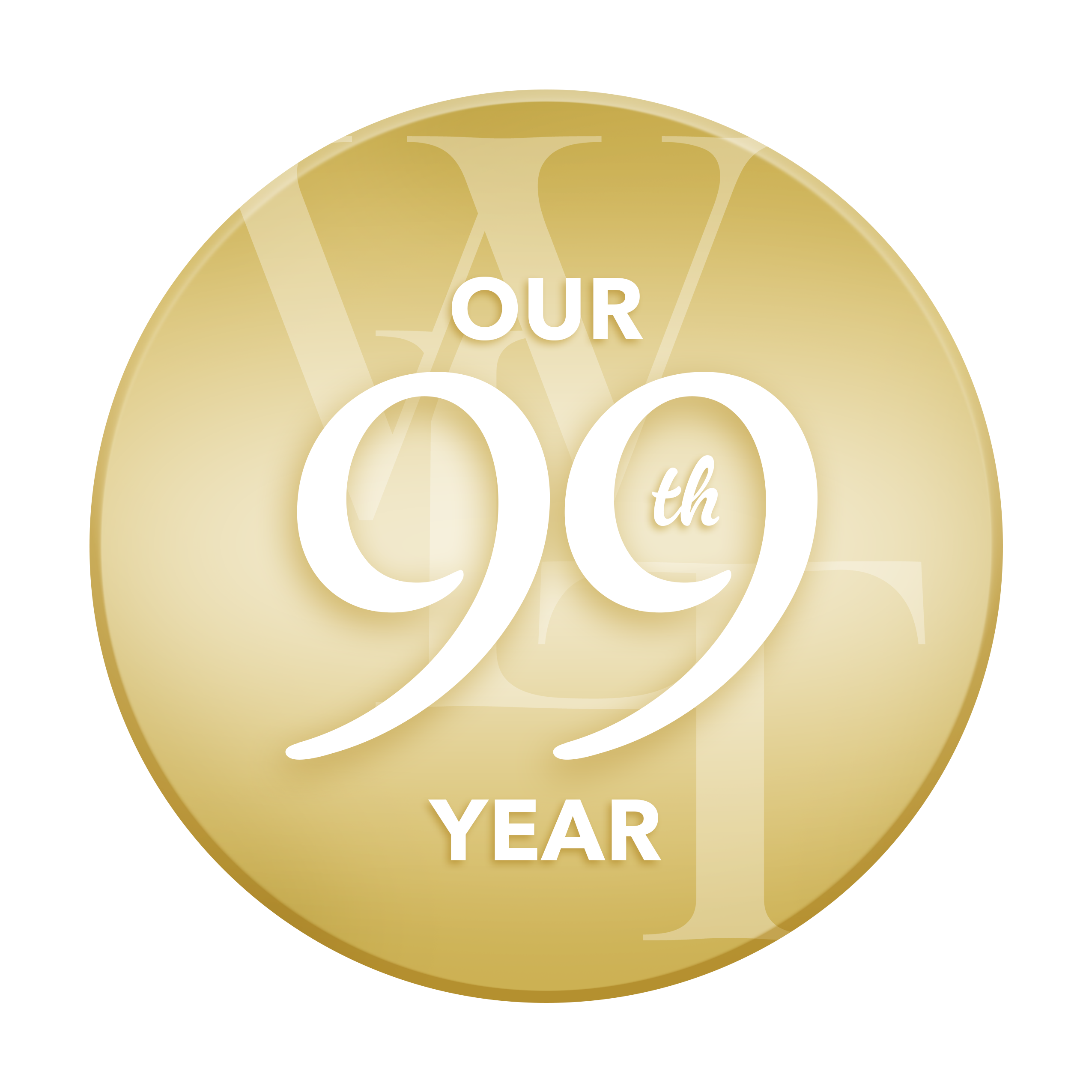Editor’s Note
When I say, I am here, I mean to say, I’ve been here all along; we’ve been here all along.
—Mahtem Shiferraw
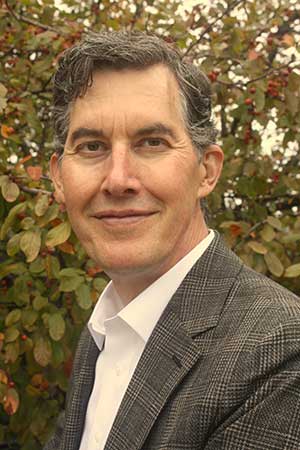
As I write this note on January 20, many American flags remain at half-staff in honor of former President Carter, even as President Trump is newly inaugurated for a second term. Also on this day, Dr. Martin Luther King Jr. is being remembered along with generations of activists who advanced the cause of the Civil Rights Movement. In the current issue of WLT, the latter legacy continues in “Black Reparations and Restorative Justice,” a portfolio guest-edited by Karlos K. Hill as part of his ongoing Bearing Witness column. In interviews with Carolyne and Bill Edwards, Areva Martin, and Marcus Anthony Hunter, Dr. Hill foregrounds the work of these twenty-first-century activists in Southern California pursuing justice for historic Black neighborhoods in Santa Monica and Palm Springs, along with Dr. Hunter’s passionate defense of racial equity and reparative justice on a national scale. In the interview with civil rights attorney Martin, readers will learn about the “remarkable story of resilience, perseverance, and believing in the impossible” that characterizes the group known as the Section 14 Survivors, who won a historic settlement that brought restitution to descendants who had been forced out of their Palm Springs homes by racist housing ordinances in the early 1900s.
Set against the backdrop of such historic injustices, the January 2025 Eaton Fire—the most destructive of the more than thirty wildfires that began burning in Southern California on January 7—decimated many of the Black and Hispanic neighborhoods of Altadena in Los Angeles County, as did the apocalyptic Palisades Fire. With the fury of a blast furnace stoked by hurricane-force Santa Ana winds, these fires had displaced more than 200,000 residents, destroyed or damaged more than 16,000 structures, and killed twenty-eight Angelenos by the time this issue went to press. In Altadena, Donny Kincey and many of his relatives lost the homes they had lived in for four generations after fleeing the community lynching known as the 1921 Tulsa Race Massacre (The Guardian, January 19, 2025; see WLT, Spring 2021, 40–76). Kincey and other Black homeowners were already victims of redlining in earlier decades; now, those without home insurance will be bereft of the generational wealth—and much of the cultural wealth of their neighborhoods—that they had slowly built up over the years.
Altadena is just one example of the palimpsest that Greater Los Angeles represents. In Dana Gioia’s recently penned “Literary Los Angeles” essay, he calls the city “perpetually demolished, perpetually renewed.” In the same issue, Ming Di movingly imagines “Chumash and Tongva Homers walking along Wilshire Boulevard,” situating her viewpoint both diachronically (8,000–13,000 years in the past) and geographically (starting with the La Brea tar pits) to point out that Chumash, Tongva, and other Indigenous peoples “have been pushed to the edges of the city geographically, politically, and economically” in the twenty-first century. Plus ça change. Looking at a book of Chumash rock art, Ming Di imagines the Chumash people “having a graphic dialogue with the people across the ocean and around the earth within a tradition that started in Africa and spread to Eurasia and Australia. . . . If what’s Los Angeles today was shared by Chumash and Tongva and many other tribes, it can be now shared by immigrants from anywhere, natives and drifters alike, permanent or temporary residents alike” (WLT, July 2023, 12–13).
As if to exemplify Ming Di’s perspective—as well as Gioia’s observation that many of LA’s best writers are immigrants—the “Global Black Los Angeles” cover feature that begins on page 44 unites such ancient and modern threads in the work of Mahtem Shiferraw, Alain Mabanckou, and Safia Elhillo. In Shiferraw’s poem “Fire,” illustrated by Mark Bradford’s Scorched Earth (a visual representation of the destruction of Tulsa’s “Black Wall Street” in 1921), the poem’s speaker imagines fleeing her African home after it was destroyed by arsonists (page 52). “Grief was grief / regardless of our geographies,” she laments, reassuring herself that the decision to leave home was “a brave, brave thing.”
Bravery is just one thread that connects these aboriginal, historical, and modern-day communities. We mourn those lost in the recent fires, remember those dispossessed throughout the centuries, and pay tribute to the ones who remain.
Daniel Simon
